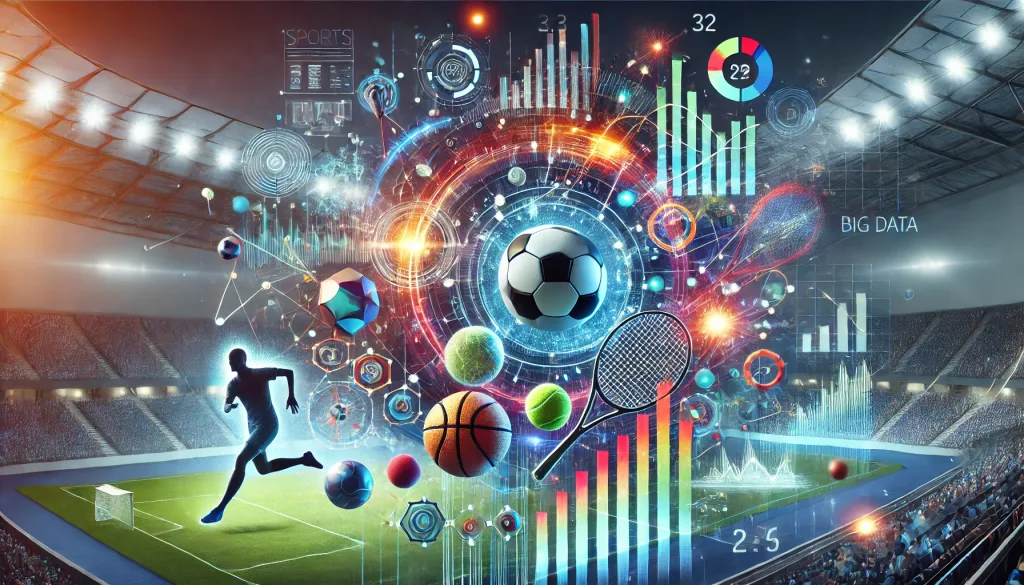In the modern world of sports, the use of analytics and big data has revolutionised strategies, training methods, and performance outcomes. This shift has enabled coaches, athletes, and organisations to make informed decisions, leading to a competitive edge in various disciplines.
The Integration of Big Data into Sports Management
The implementation of big data analytics has transformed the way sports teams manage their operations. From player recruitment to match strategies, data-driven approaches offer actionable insights that were previously unavailable. Advanced algorithms now process vast datasets to uncover patterns and predict outcomes with precision. This empowers teams to anticipate challenges and adapt strategies in real time.
Moreover, big data facilitates long-term planning for clubs and organisations. Historical performance metrics and predictive modelling enable them to allocate resources effectively, minimising risks and maximising returns. Teams also use analytics to forecast ticket sales and optimise fan engagement, creating a seamless connection between the sports industry and its audience.
Data-Driven Recruitment
Recruitment processes now leverage big data to assess player potential, skill sets, and compatibility with existing team dynamics. Metrics such as passing accuracy, stamina levels, and even off-field behaviour are evaluated using advanced algorithms. The use of analytics ensures that scouts and managers focus on players who align perfectly with the team’s requirements.
For example, football clubs employ data analysts who study thousands of hours of gameplay to identify emerging talents. This meticulous analysis not only reduces recruitment risks but also ensures a higher return on investment. Furthermore, sports organisations are increasingly adopting AI-powered tools to streamline scouting, saving both time and resources.
Enhancing Player Performance and Training
Big data is increasingly used to optimise athlete performance and tailor training programmes. By analysing physiological and biomechanical data, coaches can identify areas for improvement and prevent injuries. This personalised approach to athlete management ensures long-term sustainability in performance.
Coaches now rely on advanced analytics to understand player fatigue levels, nutrition requirements, and recovery times. These insights allow for the creation of highly specific training schedules that minimise risks and enhance peak performance. Teams also incorporate real-time monitoring during games, adjusting strategies to maintain player efficiency.
Monitoring Physical Metrics
Wearable technology plays a crucial role in tracking vital parameters such as heart rate, hydration levels, and muscle activity. This data helps coaches design personalised regimens, ensuring athletes maintain peak physical condition during critical matches. With this technology, teams can predict potential injuries and intervene proactively, enhancing athlete safety.
In tennis, for instance, sensors are embedded in rackets to measure stroke efficiency, enabling players to refine their technique with precision. Similarly, in basketball, wearable devices track jump height and movement patterns, providing invaluable feedback for improvement.

Strategic Decision-Making Using Big Data
Real-time analytics provide coaches with critical insights during matches, allowing them to adapt strategies dynamically. This has redefined how games are approached, with tactics often evolving based on minute-by-minute data. The ability to analyse ongoing performance ensures that decisions are rooted in facts rather than intuition.
Data also aids in pre-game preparations, offering insights into opponent strengths and weaknesses. Teams now enter matches equipped with strategies tailored to counter specific challenges, increasing their chances of success. Post-match analysis further supports improvement, identifying areas that need attention and fine-tuning tactics for future games.
Game Tactics and Opponent Analysis
By studying opponent patterns, teams can predict and counter strategies effectively. Basketball teams, for instance, use spatial tracking to determine the best defensive setups, enhancing their chances of victory. Similarly, in cricket, data analytics help bowlers understand batsman preferences, improving the effectiveness of their deliveries.
Moreover, post-game analysis supported by data ensures continuous improvement, as weaknesses are identified and addressed comprehensively. This ongoing refinement process, powered by analytics, ensures that teams remain competitive in the ever-evolving sports landscape.
